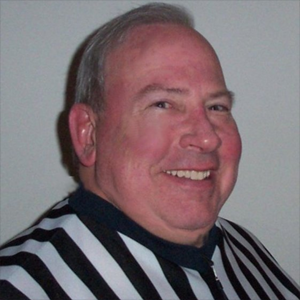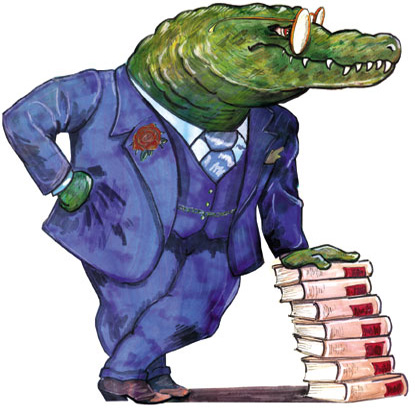
Rndballref
20 Years Experience
Chicago, IL
Male, 60
For twenty years I officiated high school, AAU and park district basketball games, retiring recently. For a few officiating is the focus of their occupation, while for most working as an umpire or basketball referee is an avocation. I started ref'ing to earn beer money during college, but it became a great way to stay connected to the best sports game in the universe. As a spinoff, I wrote a sports-thriller novel loosely based on my referee experiences titled, Advantage Disadvantage
You are correct. As soon as the technical foul is called the ball is dead, unless the shot has left a shooter's hands.
This is horrible officiating and there is no provision to fix this, so the referee has to do the best he possibly can do. If I were the referee and I thought that my crew erred and the ball really hit the rim, I would think the following:1) the whistle blew and stopped the clock before it started when the official thought the ball missed the rim. Therefore, no time should have expired.2) if there is an inadvertent whistle during a time when there is no possession, it can only be resolved by the possession arrow. Reset the clock to 1.2 and go to the possession arrow.3) I think that is the best that can be done in a lousy referee-caused situation.
On a spot throw in (as opposed to a throw in after a basket), the in-bounder is required have at least one foot on or above (if jumping) a 3 foot wide area parallel to the boundry line. This same in-bounder can move away from the court until he hits the bleachers, wall or any other obstruction in a perpendicular area to the boundry line as long as he stays within the 3 foot wide area.
Also note that during a throw-in, the in-bounder cannot be called for traveling - that is he can move within the 3 foot area without dribbling.
It is impossible to say or even generalize/ For example the University of Illinois, a D1 Big Ten school had scholarship player Nnanna Egwu who was born in Nigeria and didn't play basketball until 8th grade. He was considered a "project" when he was offers a scholarship. He had a good, not stellar collage career and he is trying to play pro ball but has of yet not hooked on with a team in the NBA. By the way, in college Nnanna played at 6 foot 9. The problem with being 6'2" and 165 lbs is not many schools will take on a "project" who hasn't played much ball. A lot depends on how much time a player has to develop and where the development takes place. Seems to me that most well recruited middle schoolers or even high schoolers play for very competitive AAU teams. If you want to be the best, you have to compete with the best.
Day Care Provider
 Is it ok w/your employer if you babysit one of the kids outside of daycare hours?
Is it ok w/your employer if you babysit one of the kids outside of daycare hours?
Personal Injury Lawyer
 How do I get out of jury duty?
How do I get out of jury duty?
Private Detective
You can stack perpendicular to the throw in boundary line, but if the defense wants to step into a parallel stack room must be made.
Usually this would be incidental and not called, UNLESS your arms flailing whack the defender.
I was suggesting that if he dropped the ball unintentionally (called a muff) he could pick it up. If he tried to pass it and then changed his mind and dropped he he could not pick it up but he could block someone out if he blocked out legally, To block out legally, a player has to legally obtain a position before the opponent alights or moves toward the spot he occupies to block out. In other words if I get to a spot before you leave your feet or step into that spot then I can block you from that spot by occupying it.
-OR-
 Login with Facebook
Login with Facebook (max 20 characters - letters, numbers, and underscores only. Note that your username is private, and you have the option to choose an alias when asking questions or hosting a Q&A.)
(A valid e-mail address is required. Your e-mail will not be shared with anyone.)
(min 5 characters)
By checking this box, you acknowledge that you have read and agree to Jobstr.com’s Terms and Privacy Policy.
-OR-
 Register with Facebook
Register with Facebook(Don't worry: you'll be able to choose an alias when asking questions or hosting a Q&A.)